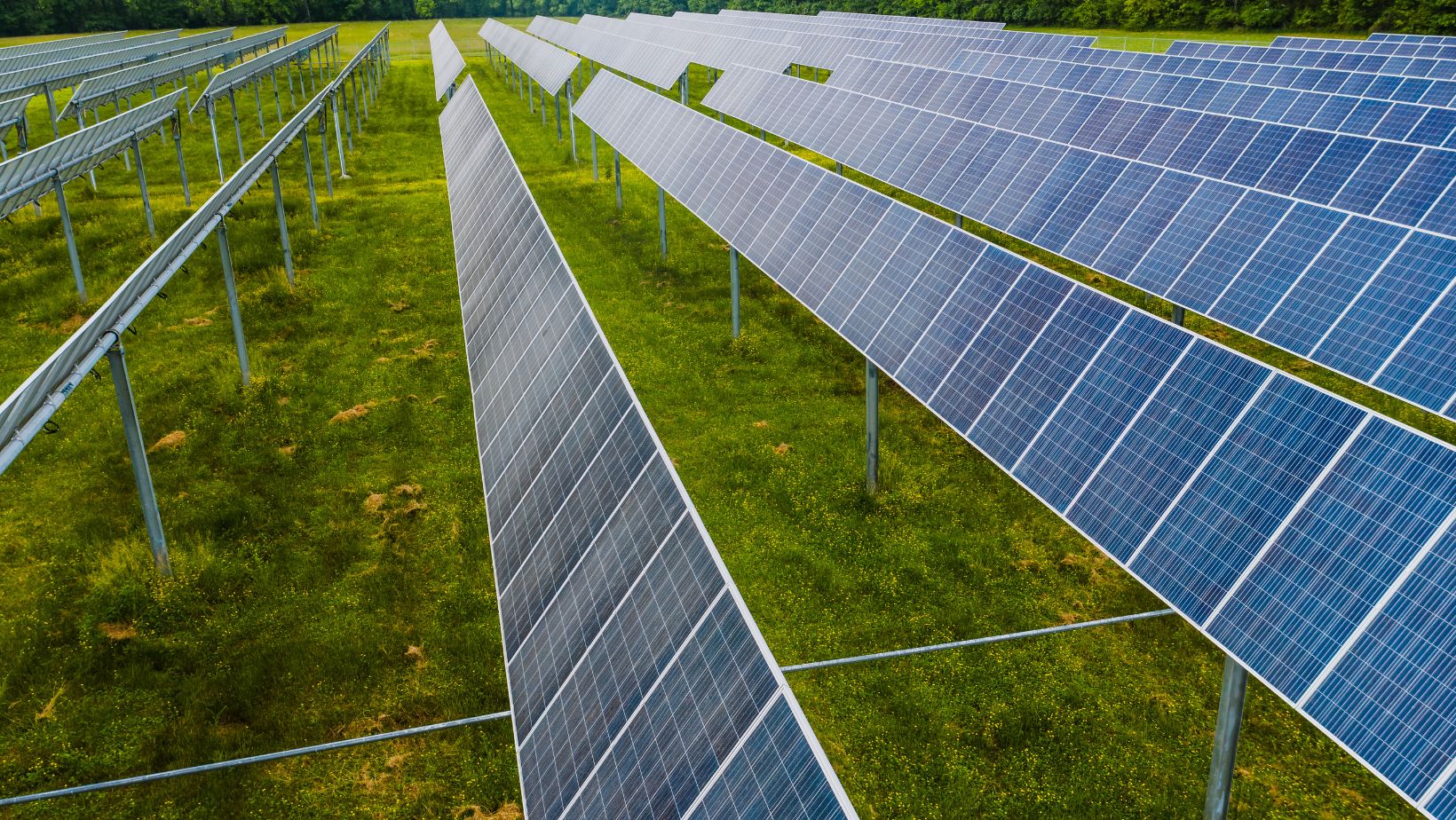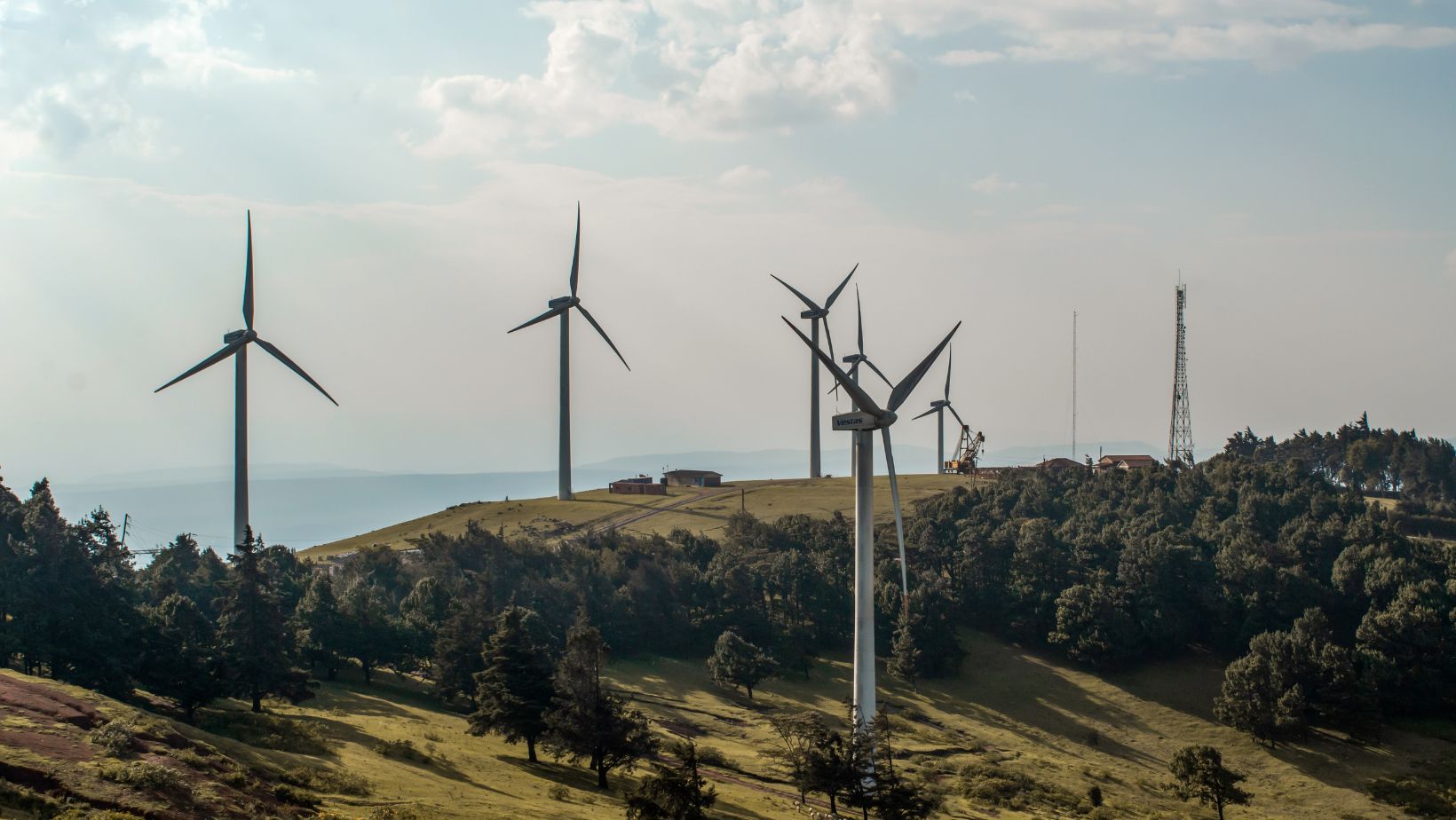There’s something peculiar happening in the world of sustainable business. While green technology markets are projected to explode from $23.48 billion in 2024 to $185.21 billion by 2034, some of the most cost-effective environmental initiatives see adoption rates below 30%. It’s a contradiction that reveals much about how we approach sustainability in practice versus theory.
You’ll find this disconnect everywhere, from traditional manufacturing to unexpected sectors. Even digital entertainment platforms—whether we’re talking about streaming services or businesses offering features like vegasslotsonline no deposit bonus—are grappling with their environmental footprint while simultaneously investing in green technologies. The disparity between ambition and execution tells a story worth examining, particularly when 3,100+ companies globally now employ 244,500 people in green tech with a robust 8.90% industry growth rate. What comes to light is not a simple story of progress in the environment. Instead, we are experiencing a complicated web of financial interests, capabilities in technology, and realities of implementation that regularly pull apart.
When Green Means Gold
In green technology, money talks, and it is talking a lot. The $2 trillion that is flowing towards clean technologies globally – almost double the amount allocated toward fossil fuels – is not just about being conscious of the environment; it represents a careful investment plan.
When you consider how the funding is situated; there are average rounds of $19.8 million over 800+ funding rounds from over 350 investors: these are not donations, these are bets on future profit. The clustering of green technology funding in particular geographical areas tells another story. The US leads with a market valued at $6.81 billion in 2024, projected to reach $54.14 billion by 2034. India, the UK, Canada, and Italy follow, while cities like London, Singapore, and New York emerge as innovation hubs.

Software solutions are capturing the largest market share during this forecast period, which makes sense. Software scales differently than hardware. It doesn’t require the same material inputs or manufacturing infrastructure. This shift toward digital solutions reflects practical business thinking—you can deploy software-based environmental monitoring or energy management systems faster than you can build wind farms. But here’s where it gets interesting. The regions and companies leading investment aren’t necessarily those with the most pressing environmental needs. They’re often those with the capital infrastructure to deploy green technologies profitably.
AI’s Power Hungry Paradox
The technology sector presents our most fascinating contradiction. While 86% of companies have completed sustainable data center initiatives and 79% have implemented digital workplace sustainability measures, they’re simultaneously creating unprecedented energy demands. AI workloads are driving a projected 160% increase in power demand. Think about that for a moment. We’re building more efficient data centers while running applications that consume exponentially more power. It’s like installing fuel-efficient engines in increasingly heavier vehicles.
Data centers are responding with innovations like digital twins for power management, attempting to optimize every kilowatt. Meanwhile, the broader energy landscape shows promise—solar photovoltaic now accounts for 70% of renewable electricity generation growth, and non-bioenergy renewable sources represent almost 30% of electricity generation globally. Yet the tension remains. The same technologies driving environmental solutions are creating new environmental challenges. The irony isn’t lost on industry leaders, many of whom openly acknowledge this balancing act in their sustainability reports.
Why Good Intentions Don’t Always Translate
Here’s where reality collides with aspiration. Despite clear economic benefits, many cost-effective sustainable initiatives remain underutilized. The reasons reveal more about organizational behavior than environmental commitment. Legacy IT infrastructure creates complexity that smaller enterprises struggle to navigate. Integration challenges aren’t just technical—they’re cultural and operational. When 64% of executive leaders report inadequate emissions performance data from vendors, you’re seeing a fundamental breakdown in the information flow needed for informed decision-making.
Supply chain issues compound these challenges. Shortages of critical materials for energy storage systems create bottlenecks that delay implementation. A persistent skills gap in specialized areas like carbon capture and environmental analytics means companies can’t execute even when they have the budget and motivation. Perhaps most telling is the data quality problem.

Organizations can’t manage what they can’t measure accurately. Without reliable emissions data, sustainability becomes more about compliance theater than genuine environmental impact.
Software Rules the Roost
The dominance of software solutions in green technology adoption makes practical sense. IoT sensors, artificial intelligence, digital twins, and cloud computing platforms offer scalability that physical infrastructure can’t match. Manufacturing sectors are focusing intensively on Scope 3 emissions, using blockchain technology for supply chain transparency. This represents a significant shift—companies are looking beyond their direct operations to understand their entire environmental footprint. Carbon capture, utilization, and storage technologies are transforming CO2 from waste product into raw material for production processes.
The elegance of software-based solutions lies in their ability to optimize existing systems rather than replace them entirely. Energy management systems can reduce consumption without requiring new equipment. Carbon tracking platforms provide visibility without operational disruption. Industrial decarbonization emerges as a dominant trend, driven not just by regulatory requirements but by operational efficiency gains. When environmental improvements also reduce costs, adoption accelerates naturally.
Beyond the Hype
The $2 trillion investment figure sounds impressive, but transformation depends on execution rather than allocation. Market projections suggest genuine momentum—the UK’s green technology sector could grow from £125 billion currently to £220 billion by 2030. What’s realistic? Continued growth driven by regulatory pressure, corporate sustainability commitments, and technological innovation. What’s uncertain? Whether investment levels will translate proportionally to adoption increases. The fundamental challenge remains balancing rapid technological advancement with environmental impact. Success won’t come from choosing between progress and sustainability—it’ll come from finding ways to achieve both simultaneously. That’s a more complex goal than market projections suggest, but perhaps a more honest one.

